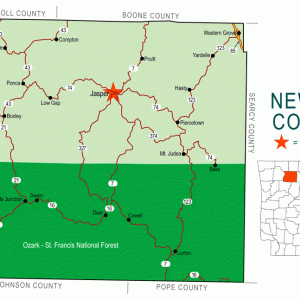 Newton County Map
Newton County Map
Entry Type: Thing - Starting with N
 Newton County Map
Newton County Map
Newton House Museum
Newton Sutterfield Farmstead
Nick Wall [Steamboat]
 Niehues Basket
Niehues Basket
 "Night," Performed by Florence Price
"Night," Performed by Florence Price
 Robert Nighthawk Grave
Robert Nighthawk Grave
 Niloak Pot
Niloak Pot
Niloak Pottery
 Niloak Pottery Marker
Niloak Pottery Marker
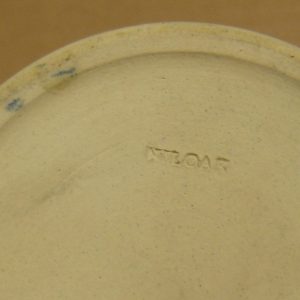 Niloak Stamp
Niloak Stamp
 Niloak Vase
Niloak Vase
Nine from Little Rock
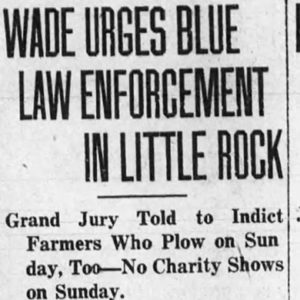 No Plowing Allowed
No Plowing Allowed
 Fent Noland Grave
Fent Noland Grave
 Norfork Bridge
Norfork Bridge
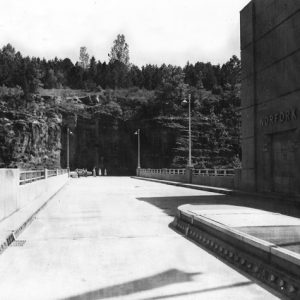 Norfork Dam
Norfork Dam
 Norfork Dam
Norfork Dam
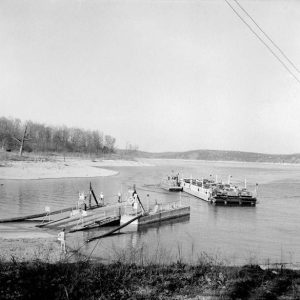 Norfork Lake Ferry
Norfork Lake Ferry
Norman Library
Norman Town Square
Norristown Cemetery
 North American Caesar Mushroom, Young
North American Caesar Mushroom, Young
 North American Caesar Mushroom, Mature
North American Caesar Mushroom, Mature
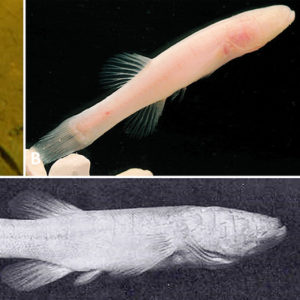 North American Cave-adapted Fishes
North American Cave-adapted Fishes
North Little Rock City Hall
North Little Rock Municipal Airport
Northeast Arkansas League
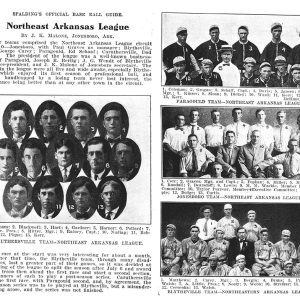 Northeast Arkansas League Teams
Northeast Arkansas League Teams
Northeast Arkansas Regional Archives (NEARA)
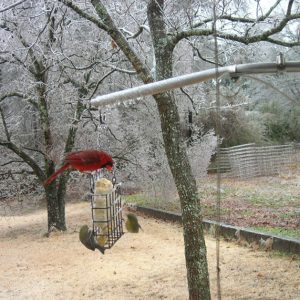 Northern Cardinal
Northern Cardinal
Northern Ohio Cooperage and Lumber Company
Northern Ohio School
Northern Snakehead
aka: Channa argus
aka: Snakehead
NorthWest Arkansas Community College (NWACC)
 Novaculite Nail Files
Novaculite Nail Files
 Novaculite Bench Stone
Novaculite Bench Stone
Novaculite
 Now Rebuild Arkansas
Now Rebuild Arkansas




